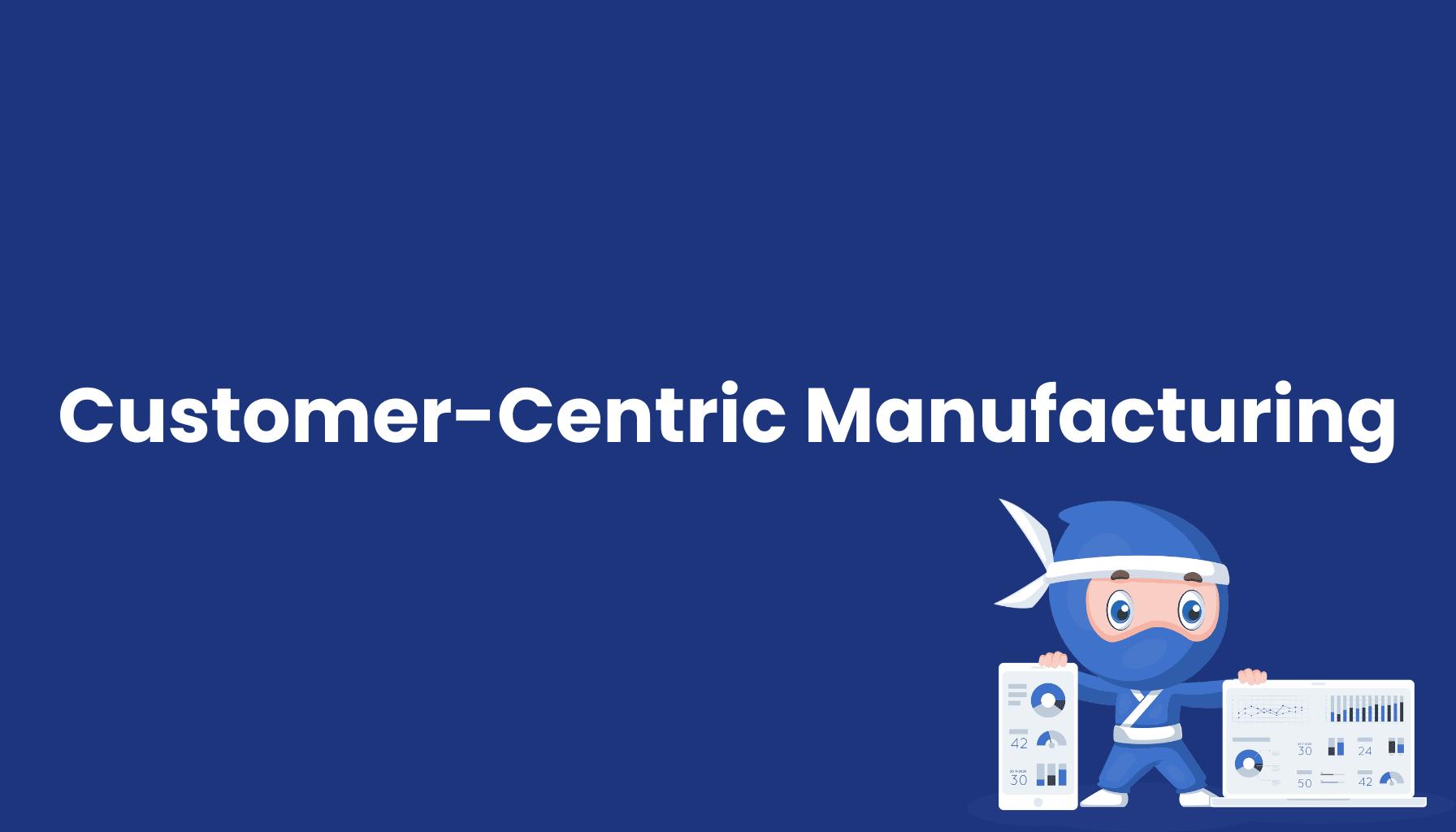Customer-Centric Manufacturing

What is Customer-Centric Manufacturing?
Customer-Centric Manufacturing aligns production processes with individual customer needs, enabling flexible manufacturing, shorter delivery times, and tailored products to maximize customer satisfaction.
Example: A furniture manufacturer offers customized kitchens by adapting production schedules to individual customer requirements and reducing delivery times through optimized processes.
Benefits of Customer-Centric Manufacturing
-
Customer Satisfaction: Tailored products and fast delivery enhance customer loyalty.
-
Competitive Advantage: Rapid response to customer demands sets companies apart from competitors.
-
Efficiency: Optimized processes reduce waste and costs for individualized requirements.
-
Market Adaptability: Quick adaptation to changing customer needs or market trends.
-
Data-Driven Decisions: Real-time data enables precise adjustments to customer requirements.
Applications in the Manufacturing Industry
Customer-Centric Manufacturing is widely applied in various industries, including:
-
Electronics Industry: Manufacturers customize products like smartphones or sensors to meet specific customer specifications.
-
Furniture Industry: Custom-made furniture or modular designs are produced flexibly to fulfill customer preferences.
-
Automotive Industry: Customers order vehicles with personalized features, requiring adaptable production lines.
Example: An electronics manufacturer produces sensors with customer-specific settings, using real-time data to adjust production schedules and shorten delivery times.
How Does an MES Support Customer-Centric Manufacturing?
A Manufacturing Execution System (MES) supports customer-centric manufacturing by:
-
Real-Time Data Access: Production data (e.g., order status, material availability) is available in real time for flexible adjustments.
-
Transparency: Dashboards display production progress, facilitating coordination across departments.
-
Data Integration: Links customer orders with production plans via ERP system integration.
Example: SYMESTIC’s cloud-native MES enables a furniture manufacturer to use real-time data to optimize production schedules for customized kitchens, reducing delivery times by 20%.
Frequently Asked Questions (FAQs)
What’s the Difference Between Customer-Centric Manufacturing and Traditional Manufacturing?
Traditional manufacturing focuses on standardized processes and mass production, while Customer-Centric Manufacturing prioritizes individual customer needs with flexible processes.
What Challenges Does Customer-Centric Manufacturing Face?
Challenges include complex production planning, higher costs for customization, and the need for accurate data. An MES mitigates these through transparency and data integration.
Conclusion
Customer-Centric Manufacturing empowers companies to differentiate themselves through tailored products and fast delivery. With the right technology, such as a cloud-native MES, production processes can be flexibly and efficiently aligned with customer needs.



